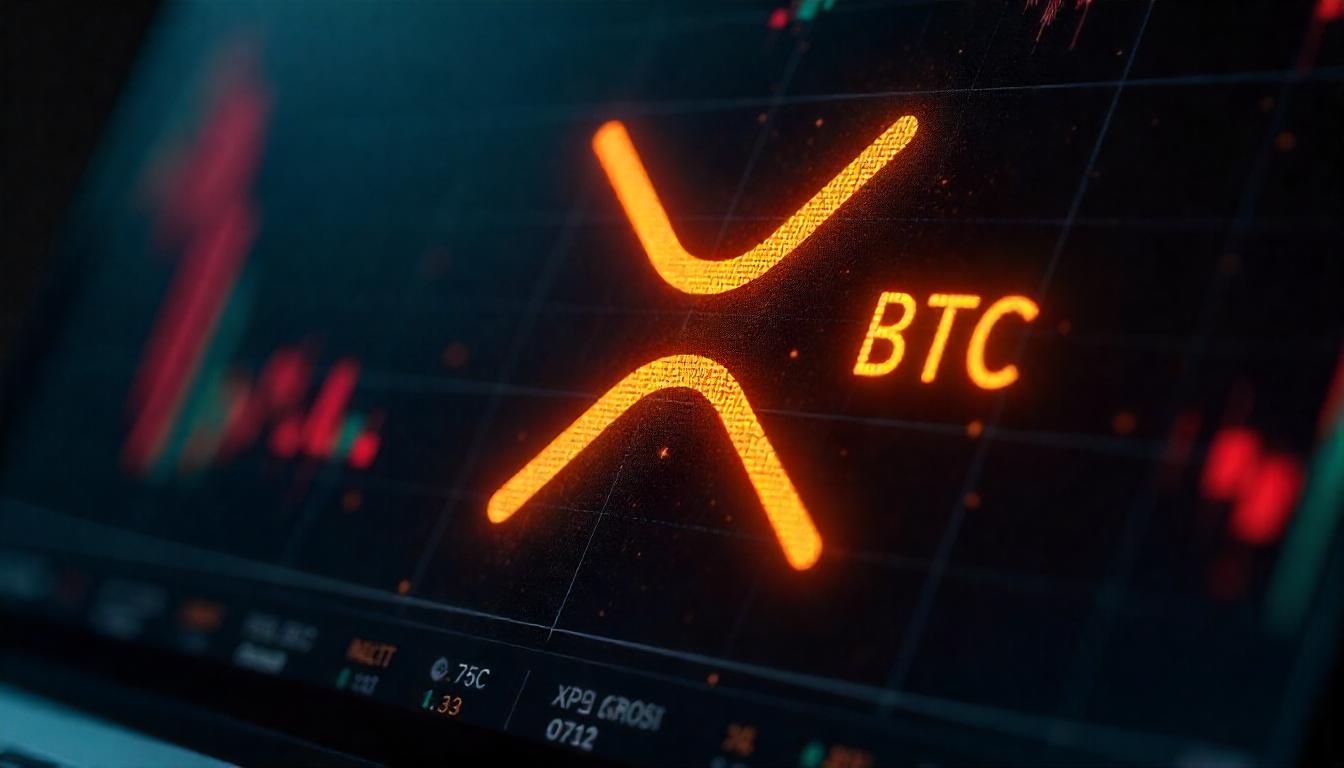Bitcoin and other risk assets are under pressure as market expectations for Federal Reserve rate cuts are scaled back, following a stronger-than-expected U.S. jobs report released on Friday.
Bitcoin (BTC) opened the week with a decline, falling below $93,000, down 1.6% for the day, according to data from CoinDesk. The leading cryptocurrency is now approaching its key support level around $92,000, which has acted as a floor since late November.
The broader cryptocurrency market also saw red, with the CoinDesk 20 Index dropping by over 3%, and major altcoins like XRP, ADA, and DOGE suffering even larger losses.
In traditional markets, S&P 500 futures were down 0.3%, continuing Friday’s 1.5% drop, which brought the index to its lowest level since early November. The dollar index (DXY) reached 110, its highest point since late 2022, bolstered by rising Treasury yields.
The December jobs report, which showed nonfarm payrolls rising by 256,000, far exceeded the forecasted 160,000. The jobless rate also decreased to 4.1%, while average hourly earnings rose by 0.3% month-on-month and 3.9% year-on-year.
The strong labor market data led Goldman Sachs to push its timeline for interest rate cuts back to June and December 2025, altering its previous outlook for rate cuts in March. Goldman analysts noted that the data reduced the urgency for cuts, as inflationary pressures were less concerning.
Since the Fed began cutting rates in September, Bitcoin has surged by more than 50%, peaking above $108,000 at one point. However, as of now, Bitcoin’s price remains below those highs.
While Goldman Sachs and JPMorgan still expect some rate cuts in 2025, Bank of America (BofA) warned that the Fed might opt for an extended pause or even raise rates again. The yield on the 10-year Treasury note has climbed 100 basis points since the first rate cut in September, signaling increased concerns about inflation and the economy.
ING analysts echoed this sentiment, noting that the risk of an extended pause by the Fed is growing, especially with inflation data continuing to be a concern. The upcoming consumer price index (CPI) report, set to be released on January 15, will be closely scrutinized, as base effects could push inflation higher, adding more pressure to the Fed’s policy stance.





